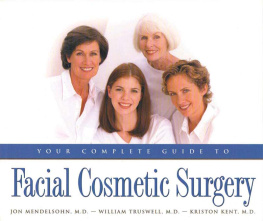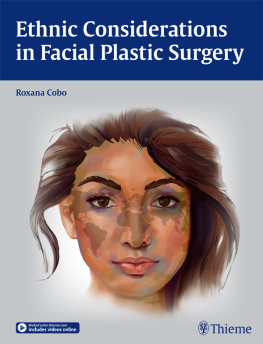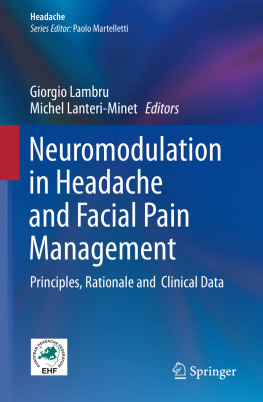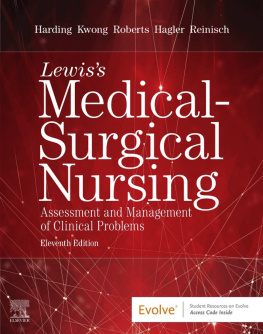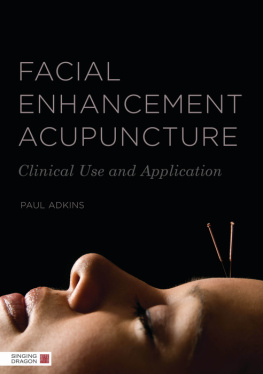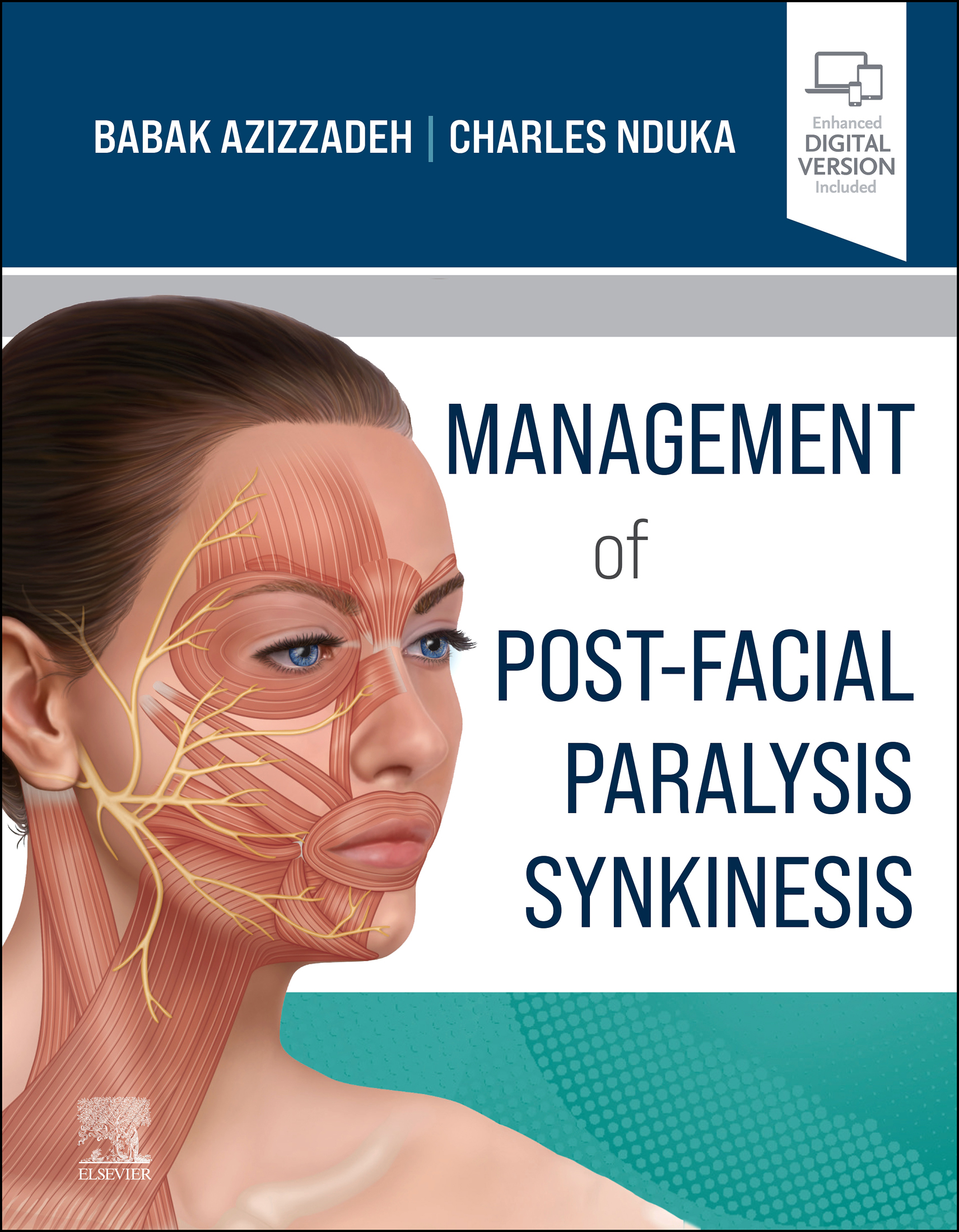Instructions for online access
Thank you for your purchase. Please note that your purchase of this Elsevier eBook also includes access to an online version. Please click here (or go to http://ebooks.elsevier.com) to request an activation code and registration instructions in order to gain access to the web version.
Copyright
2022 Elsevier Ltd. All rights reserved.
No part of this publication may be reproduced or transmitted in any form or by any means, electronic or mechanical, including photocopying, recording, or any information storage and retrieval system, without permission in writing from the publisher. Details on how to seek permission, further information about the Publishers permissions policies and our arrangements with organizations such as the Copyright Clearance Center and the Copyright Licensing Agency, can be found at our website: www.elsevier.com/permissions.
This book and the individual contributions contained in it are protected under copyright by the Publisher (other than as may be noted herein).
Notices
Practitioners and researchers must always rely on their own experience and knowledge in evaluating and using any information, methods, compounds or experiments described herein. Because of rapid advances in the medical sciences, in particular, independent verification of diagnoses and drug dosages should be made. To the fullest extent of the law, no responsibility is assumed by Elsevier, authors, editors or contributors for any injury and/or damage to persons or property as a matter of products liability, negligence or otherwise, or from any use or operation of any methods, products, instructions, or ideas contained in the material herein.
Library of Congress Control Number: 2021939103
ISBN 978-0-323-67331-0
e_ISBN 978-0-323-75510-8
Content Strategist: Jessica McCool/Belinda Kuhn
Content Development Specialist: Trinity Hutton/Veronika Watkins
Project Manager: Julie Taylor
Designer: Bridget Hoette
Printed in the United States
Last digit is the print number: 9 8 7 6 5 4 3 2 1

Preface
This book grew from the seed of an idea planted in 2017 at the 13th International Facial Nerve Symposium, organized and hosted by Babak Azizzadeh and colleagues. It gathered over 500 professionals from over 40 countries in Los Angeles to share knowledge and research about facial paralysis. There was an excellent panel session on synkinesis with contributions from Jackie Diels, Daniel Labb, Mark Lucarelli, Guy Massry, Bill Slattery, and Matt White. It was clear that there is immense knowledge about the management of synkinesis in the heads of the international faculty that needed to be captured in one place. The result is this book, which has drawn upon leading experts from across the world to distill their knowledge within these pages.
Acknowledgements
Acknowledgements from Charles Nduka
I would like to thank the thousands of patients affected by synkinesis who have allowed me to be part of their care team. They have provided me with important insights and inspiration. I am especially grateful to the Facial Palsy UK community of patients, their families, and supporters who have taught me so much about the impact that facial paralysis has on their lives.
I am grateful to my multidisciplinary colleagues at the Queen Victoria Hospital in East Grinstead, including facial therapists Trina Neville, Tamsin Gwynn, and Karen Young, psychological therapist Beth Jordan, and my plastic surgery colleague Ruben Kannan. I am also grateful for the ongoing support of the oculoplastic team led by Raman Malhotra and Andr Litwin, and the facial nerve team at Guys Hospital in London.
Without the encouragement, patience, and support of Veronika Watkins, Jessica McCool, and the Elsevier team, this book would not have been possible.
Acknowledgements from Babak Azizzadeh
My personal journey as a physician has been so rewarding, with my family, patients, mentors, and colleagues having an integral role in my passion for treating patients with facial nerve disorders. During the very early part of my residency training, one of my wifes closest friends developed facial paralysis due to a benign brain tumor and that started my deep curiosity into this most challenging of all medical and surgical disorders. During my early days as a resident in Head & Neck Surgery at UCLA, Drs. Rinaldo Canalis, Tom Calcatterra, Keith Blackwell, and Gerald Berke were integral in my training in microsurgery, in-depth understanding of the facial nerve anatomy, and the complexity of treating cranial nerve disorders. I was privileged to train in facial plastic and reconstructive surgery at the Massachusetts Eye & Ear Infirmary which completely changed the trajectory of my career. During my fellowship at Harvard Medical School, I was fortunate enough to be trained by Dr. Mack Cheney who had himself dedicated his life to microsurgery, facial plastic surgery, and facial paralysis and, along with Drs. Mark Varvares and Daniel Deschler, gave me the necessary medical and surgical tools to further develop my skills. After returning to Los Angeles, I was privileged to be surrounded by a passionate team of subspecialists who share the same desire, allowing us to look at facial nerve disorders from a multidisciplinary approach. Drs. Babak Larian, Guy Massry, Bill Slattery, Randy Sherman, Greg Lekovic, and Jackie Diels have been inspirational and I have learned so much from each of them almost every single day. I have also been fortunate to have met so many pioneers of the field such as Dr. Douglas Harrison who have mentored and inspired me. I also want to thank my contemporaries Drs. Tessa Hadlock and Patrick Byrne who continue to push the envelope in this emerging field of study. I would be remiss not to share how lucky I have been to have Dr. Babak Larian as the most compassionate and talented partner who has been with me every step of the way for over two decades. He and I have operated together, dreamed together, devised new approaches, and managed the most challenging medical and surgical cases. Finally, this book would not have become reality without Jessica McCool, Veronika Watkins, and the rest of the Elsevier team. They have been the ultimate professionals in their own field.


